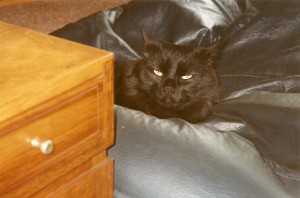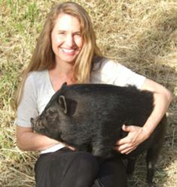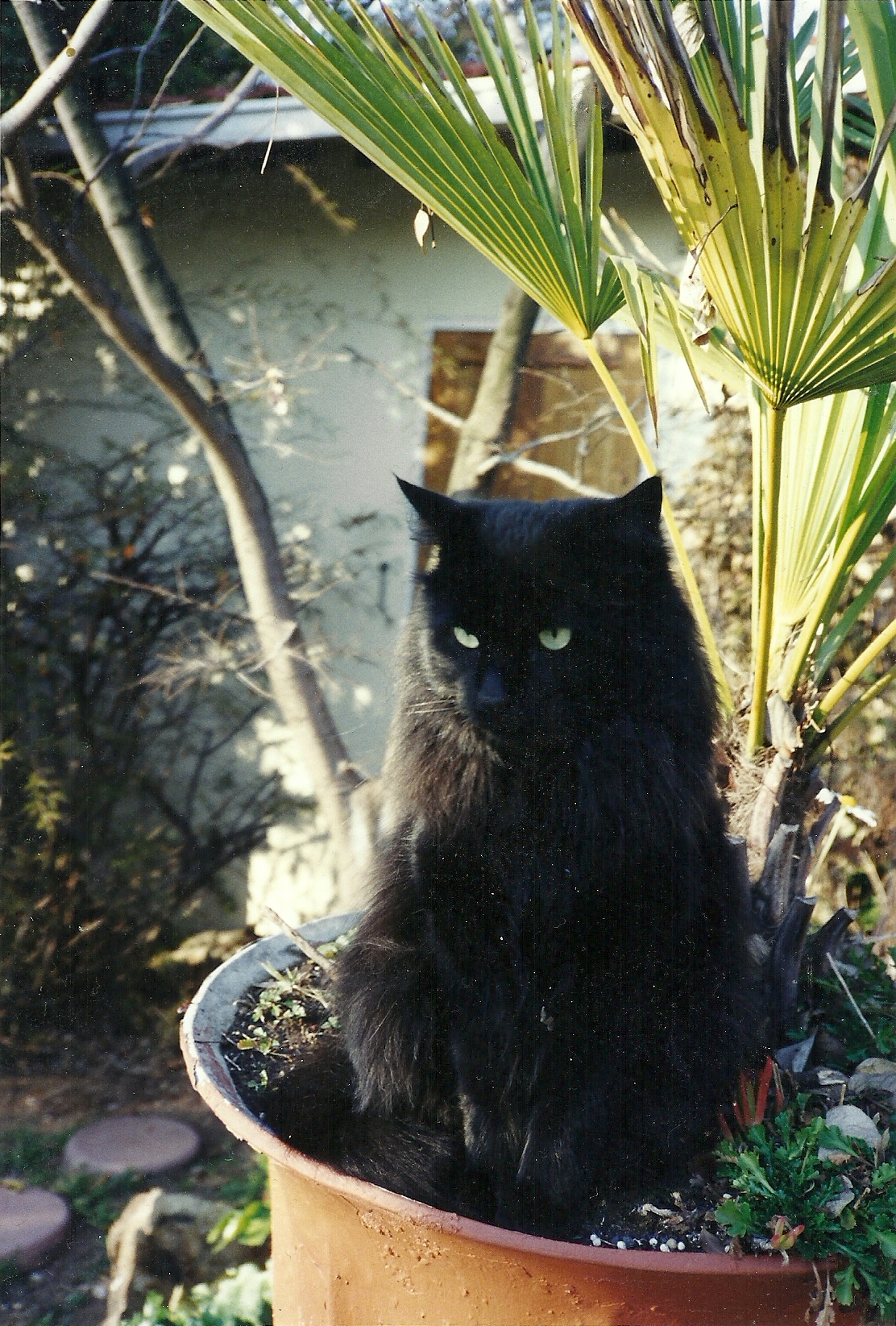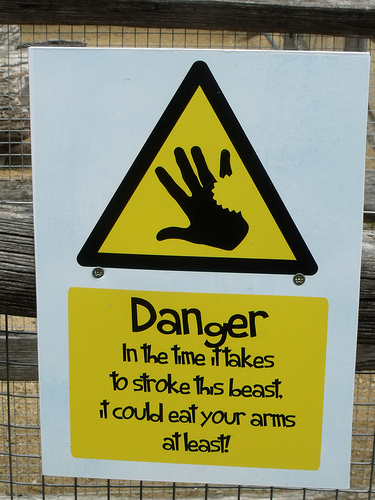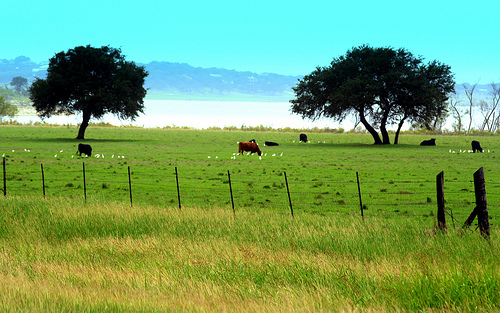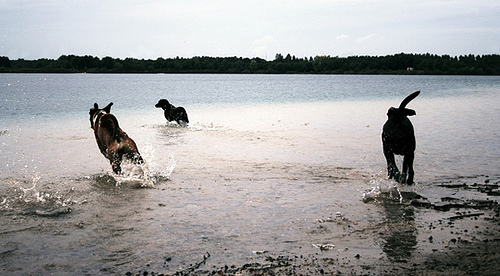1. They have poorly developed social skills and little interest in playing with other animals.
2. They have great problem solving skills. If they want something, they will find a way to get it.
3. They’re not big on empathy, but they can be very loving towards those who are close to them.
4. They won’t sleep at night if they don’t want to.
5. When they’re not sleeping at night, they’re doing whatever they can to keep you awake.
6. Understanding what they want often involves a combination of guesswork and luck.
7. They can make you laugh when you least expect it.
8. They will lash out and scream bloody murder if you try to cut their nails.
9. They will lash out and scream bloody murder if you try to get them to swallow a pill.
10. If you try to give them a bath, you will often end up with more water on you than they do.
11. They won’t play with the toys you buy them, but they’ll find new and exciting uses for a piece of string.
12. They have a superhuman ability to focus for long periods of time on things that interest them.
13. When they snuggle up to you with absolute love and trust, that is the best feeling in the whole world.
(Photo credit: Kirsten Doyle)





